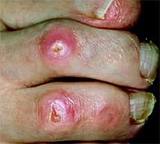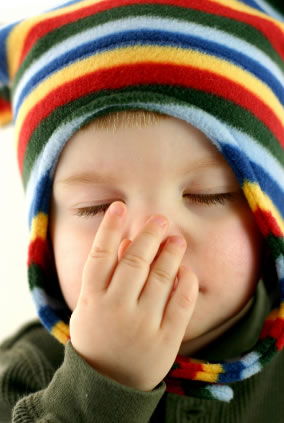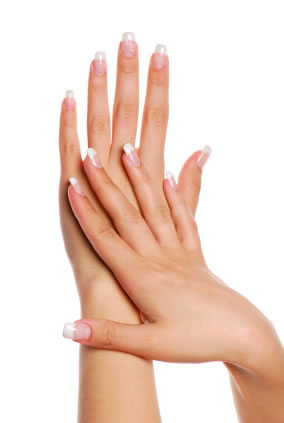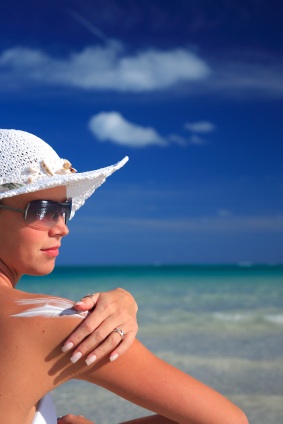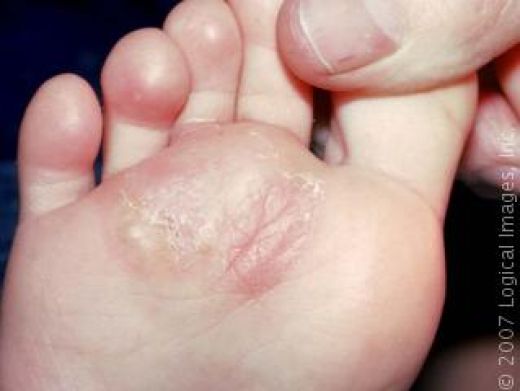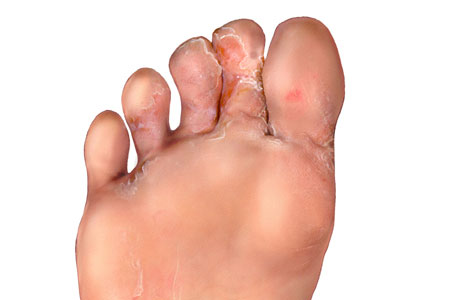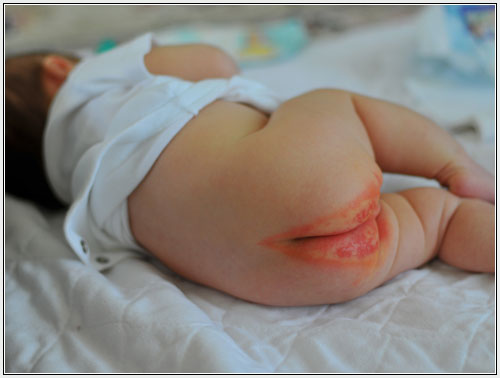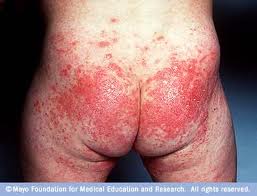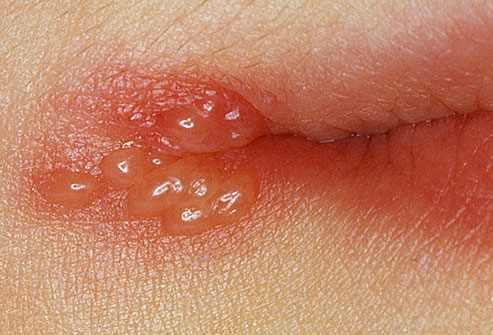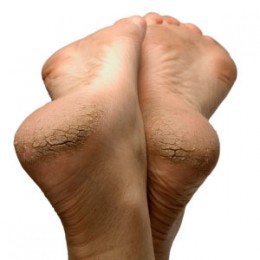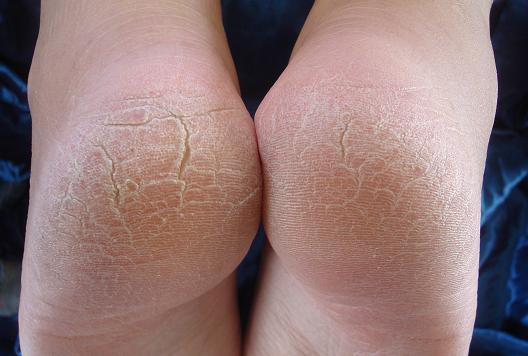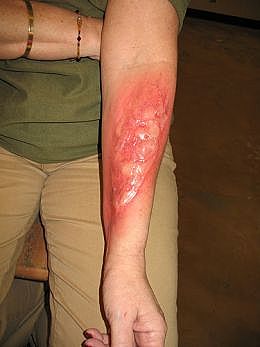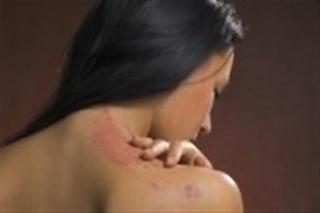Retaining teeth and lip color are issues that many people face. There are a number of factors that can affect the color of the lips and teeth. Age, gender, race, health conditions as well as environmental factors and diet can also contribute. Before beginning any treatments, you should consult with your doctor and exercise caution until you are certain of any side effects.
There are many reasons to try to retain the natural color of teeth and lips such as cosmetic reasons as well as overall oral health. Good dental hygiene has a positive impact on the body while poor dental hygiene can lead to heart disease and other health complications.
Symptoms
Staining or discoloration of the lips or teeth. The discoloration may be just the lips or teeth or may include both. It may be spotty, an all over color change such as excessive or loss of color or colored deposits on the gum, lips or teeth. Inflammation in the mouth, foul breath, tooth decay or sticky deposits may also be noticed.
Causes
It is important to know the source of the problem before beginning any treatment regimen for it. One of the most common causes for discoloration of the lips and teeth is smoking, with coffee and tea a close second.
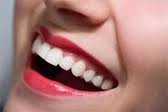
Chewing tobacco, chemotherapy, improper oral hygiene, excessive consumption of wine or dark colas, allergies to products such as lipstick or other lip products, overexposure to sunlight and high amounts of fluoride can all contribute to discoloration of the lips and teeth. Certain types of infection are also known to manifest with symptoms of color loss or excessive color. Some medications may also cause discoloration.
Risk Factors
Risks of uneven or spotty coloration of the lips and teeth include types of skin cancer caused by sun and tobacco exposure. When allergic reactions are the cause of the problem it is important to discontinue use of the products causing the reaction. Even minor allergic reactions can lead to a more serious condition known as anaphylaxis, which is a life threatening problem.
There are also some medical conditions that can cause the natural color to change, and should be ruled out through examination and testing. In some cases, the underlying cause may lead to decay of the enamel and tissue in the mouth.
Prevention and Tips
The best prevention is to avoid exposure to the cause of the problem. In some cases, such as medicine and treatments it may not be possible, but for discoloration problems caused by dietary and lifestyle factors there are easy ways to reduce or prevent it. The best way to prevent lip and teeth discoloration caused by smoking is to quit smoking.
For tea and coffee drinkers, brushing after drinking and using whitening toothpaste and products can help reduce and prevent further staining. Lowering the consumption of staining beverages will also greatly reduce incidents of coloration issues. When medications or other medical treatments are the source of the problem, it may be worth discussing it with your doctor to see if there are alternative treatments available, or if they approve starting a treatment at home to reduce the symptoms.
Tests and Diagnosis
Your doctor may perform an exam of the mouth to check your symptoms and ask simple questions about your diet, whether you smoke and how much coffee or tea you consume. Other tests may include blood work or x-ray exams to check for other causes if no immediate one can be found. He or she may also refer you to a dentist depending upon their conclusions.
Treatment Options
Home Remedies for Retaining and Recovering Lip Color
- Drink plenty of water, this helps hydrate the body and can flush out unwanted toxins. It is recommended to consume 8-10 glasses of water each day but care should be taken not to over-hydrate.
- Reducing the source of the problem. If caused by consumption of tobacco or beverages, reducing your intake will help reduce the symptoms.
- Lime or lemon applied directly to the lips can help lighten them and even out discoloration. Cucumber juice has also been shown to have a light bleaching effect upon the lips. Care should be taken to not further injure or agitate the lips through over-application of lightening products.
- Moisturizers for the lips. This may include balms available at most retailers, or a home made balm such as clarified butter or simple yogurt. Avoiding heavily pigmented lip products may also reduce coloration issues as some have been known to darken the lips with long term usage.
- A homemade scrub for the lips may help remove dead or damaged cells and lighten the tissue. The ingredients for the scrubs vary but often include a rich oil such as almond, and several lightening agents such as lemon and a coarse scrub agent, often sugar. Massaging these gently onto the lips can help improve the quality and condition of the lips.
- Gentle massage. A very gentle massage of the lips can increase circulation and improve darkening skin. Combining this massage with a moisturizer or scrub can greatly improve results.
These home remedies are very cost effective, and in cases where reducing the amount of tobacco smoked can even save money as the products would be purchased less frequently.
Often for home remedies, many of the ingredients are already available in the home, further reducing the cost. Side effects are likely to be minimal depending on the source of the problem, but as with any medical problem, some side effects such as swelling, hives and blisters can be indicative of a serious reaction and should be discussed with your doctor.
Professional and Medical Treatments for Lip Color
- Cosmetic lip tinting. The lips can be tattooed with color to give them the appearance of a natural lip color. This is permanent and can be painful as well as costly depending where one goes for it. It does not remove the cause of the loss of natural color, only treats the superficial symptoms.
- Skin peels. Most peels can be done in a spa and some doctor offices have started to offer them. When considering skin peels make certain that the location is licensed and experienced. These peels work by applying a chemical compound to the lips to break down and remove the top layers, exposing the healthier skin underneath.
- Depending on the source of the lip discoloration this may be a temporary solution, and one treatment may not be enough. The cost can vary depending on the severity of the lip condition and the location of the spa or doctor office. Common side effects to skin peels include irritation, swelling and can lead to further discoloration in some circumstances.
Home Remedies for Retaining and Recovering Tooth Color
- Drink plenty of water to help hydrate and flush out toxins. This can also help rinse out the mouth and provides overall health benefits.
- Rinsing the mouth after meals can also help prevent food and beverages from building up on the teeth. While brushing the teeth after each meal is ideal, it is not always possible. A variety of products are available to help keep the teeth clean including pocket size tooth wipes and mouthwash, but if those are unavailable, simply rinsing the mouth with water can help.
- Baking soda toothpaste, or plain baking soda mixed into a paste can be used to loosen some of the discoloration and whiten the teeth.
- Chewing sugarless gum has been shown to help reduce symptoms of discoloration.
- Avoiding foods and beverages that are known to stain the teeth, or if they cannot be avoided, practice the good habit of brushing or rinsing with mouthwash after consuming them to prevent buildup.
- Certain foods can be helpful in preventing buildup or assist in whitening them. These foods include citrus fruits and strawberries, but care should be taken not to overdo it because citrus fruits can irritate the gum or lead to decay or wear on the enamel if used in excess.
These home remedies are very cost effective, often requiring minimal purchases, and in cases where reducing the amount of tobacco smoked can even save money as the products would be purchased less frequently. Side effects to these home remedies are likely to be minimal but if side effects are noticed or become bothersome, consult with your doctor. Some possible side effects may include mild irritation of the gums from products or an increase in sensitivity.
Professional and Medical Treatments
For discolored teeth, professional dental whitening can remove staining and help maintain a bright smile. Professional level cleaning is proven to be the most effective but is also the most expensive option. The results last longer but does need to be done frequently to maintain the results. Your dentist may also recommend supplementing their treatment with an at home kits, increasing the overall cost. At home kits are available but results from them may vary. Whitening toothpastes and mouthwashes are also available and are fairly low cost.
Surgical Treatments
Surgical treatment to help retain tooth color beyond professional whitening does exist but can be very expensive and may not be right for everyone. A cosmetic dentist may suggest veneers, which are placed over the tooth to either protect a damaged surface or to improve the appearance of the teeth.
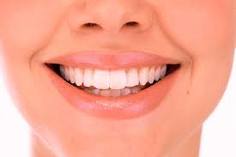
Because veneers are often used on multiple teeth at a time the cost can be prohibitive for some people. It can be difficult to match the color of the surrounding teeth so many dentists will recommend that multiple teeth are done at once so better match. This can be a permanent solution but care must be taken to maintain them as some types of veneers can fall off or crack in some cases.
Additional Surgical Options
Other surgical options include capping or crowning a tooth with a more permanent porcelain or ceramic tooth. In some cases removal of the tooth is necessary or recommended. The gap is then filled with an artificial tooth. This may also require manipulation of the surrounding teeth to either bridge across them or to make room in the mouth for the implant.
Dental implants can be easier to match to the surrounding teeth and often have a more natural look. They can be more sturdy than veneers but they can still break, same as natural teeth. This may be a more cost effective option than veneers but it is not a substitute for good oral hygiene. Many cosmetic dentists offer free or low cost consultations to help decide if that is the best procedure for your situation.
Before beginning any treatment, whether at home or professional, please consult your doctor and use caution and common sense with remedies. This is especially important if you are on medication or under the treatment of a doctor for other conditions. Do not hesitate to discontinue use and report any problems to your doctor.

